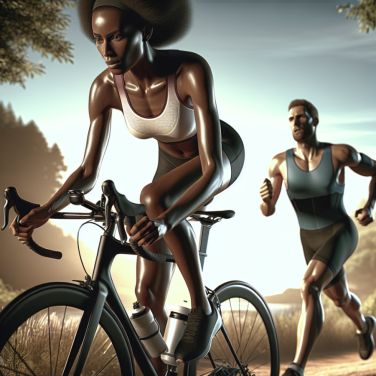Camogie's Championship Quest: A Journey Through Ireland's Passionate Stick-and-Ball Sport
Camogie, often described as the female counterpart to hurling, is one of Ireland's most captivating sports, combining skill, speed, and a strong cultural heritage. This unique stick-and-ball game takes players and spectators on a thrilling adventure, from grassroots clubs to the tense battles of the All-Ireland Championships.
The game is steeped in history, having been formalized as an organized sport in the early 20th century. However, its origins can be traced back to the ancient Gaelic pastime of hurling, a centuries-old Irish game. Women across Ireland took to the fields with hurleys and a sliotar, determined to write their chapter in the saga of Irish sport. Through the formation of the Camogie Association, the path was paved for a structured league, one that emphasized not only competition but also camaraderie and empowerment.
As the years progressed, the sport evolved, seeing remarkable athletes shaping the camogie landscape. Each county in Ireland boasts its own team, with pride and local identity stitched into every jersey. From Cork to Dublin, from Kilkenny to Galway, the championship quest ignites communal passion, as parishes and towns unite behind their teams. This sense of belonging and shared purpose is a hallmark of the camogie community, making every match more than just a game – it's a local festival, a celebration of heritage and hometown glory.
Training sessions that run through the year lay the foundation for the championship season. The dedication of players is evident as they juggle personal lives, academics, or careers with the grueling demands of the sport. Fitness drills, tactical skills, and mental preparation—all weave together to prep the teams for the championship trek. The sport asks much of its athletes: precision in striking, bravery in the face of an oncoming sliotar, and the endurance to last through nail-biting matches.
As autumn winds begin to hint at the onset of finals, county teams battle through the intricate ladder of the championship. Each match is a display of intense athleticism and graceful artistry, as players weave across the pitch, sliotars dancing from hurley to hurley. Goals are met with roars from the crowd, each point a step closer to the coveted title of All-Ireland Champions.
For those who reach the pinnacle of the championship, usually hosted in Croke Park, the atmosphere is electric.
Read also:
Breaking Down the Weight: An In-Depth Analysis into How Much a Golf Cart Weighs
Unveiling the Excitement of Camogie: A Tapestry of Skill and Tradition in Irish Sport
Camogie may not have the global recognition of sports like soccer or tennis, but in Ireland, it stands as a cornerstone of cultural heritage and athletic excitement. This ancient Gaelic game, primarily played by women, shares many similarities with hurling, its male counterpart, and is celebrated for its rich blend of history, athleticism, and community spirit.
The roots of camogie stretch back centuries, deriving from the traditional Irish game of hurling, adapted for women in the late 19th century. Since then, it has woven a rich tapestry that is both thrilling to watch and demanding to play. Skill, speed, and teamwork are the essence of camogie, with players wielding ash wood sticks (hurleys) and a small ball (sliotar), showing off their proficiency in a game that is both elegant and robust.
The field of camogie ignites with energy as players execute lightning-fast sprints, strategic passes, and precision shots on goal. It is a sport that requires a combination of skills, including agility, strength, and tactical acumen. The players, often recognized for their dexterity, maneuver the sliotar with finesse and power, aiming to outscore the opposition through goals or points, the latter being scored by sending the sliotar through the uprights of the H-shaped goalposts.
Defensively, camogie players showcase equally remarkable talent, with goalkeepers and defenders executing acrobatic blocks and interceptions. The physicality of the sport is palpable as players engage in shoulder-to-shoulder challenges, fighting for possession while observing the rules that ensure the game's flow and sportsmanship remain intact.
Off the pitch, camogie is deeply community-driven, emblematic of the cultural cohesion in towns and parishes across Ireland. From young girls picking up their first hurley to seasoned veterans coaching or supporting local teams, camogie fosters a sense of belonging and identity among its participants. It is common to see multiple generations engaged in the sport, with the skills and passion being passed down through families, further enriching the game's traditional stature.
The excitement that surrounds major camogie matches can be electrifying, with the All-Ireland Camogie Championship drawing crowds that are as passionate and vocal as any found in global sporting events. These matches aren't just athletic contests; they are vibrant celebrations of Irish culture, featuring pre-game parades, music, and fanfare that bind the community in a shared experience of national pride.




